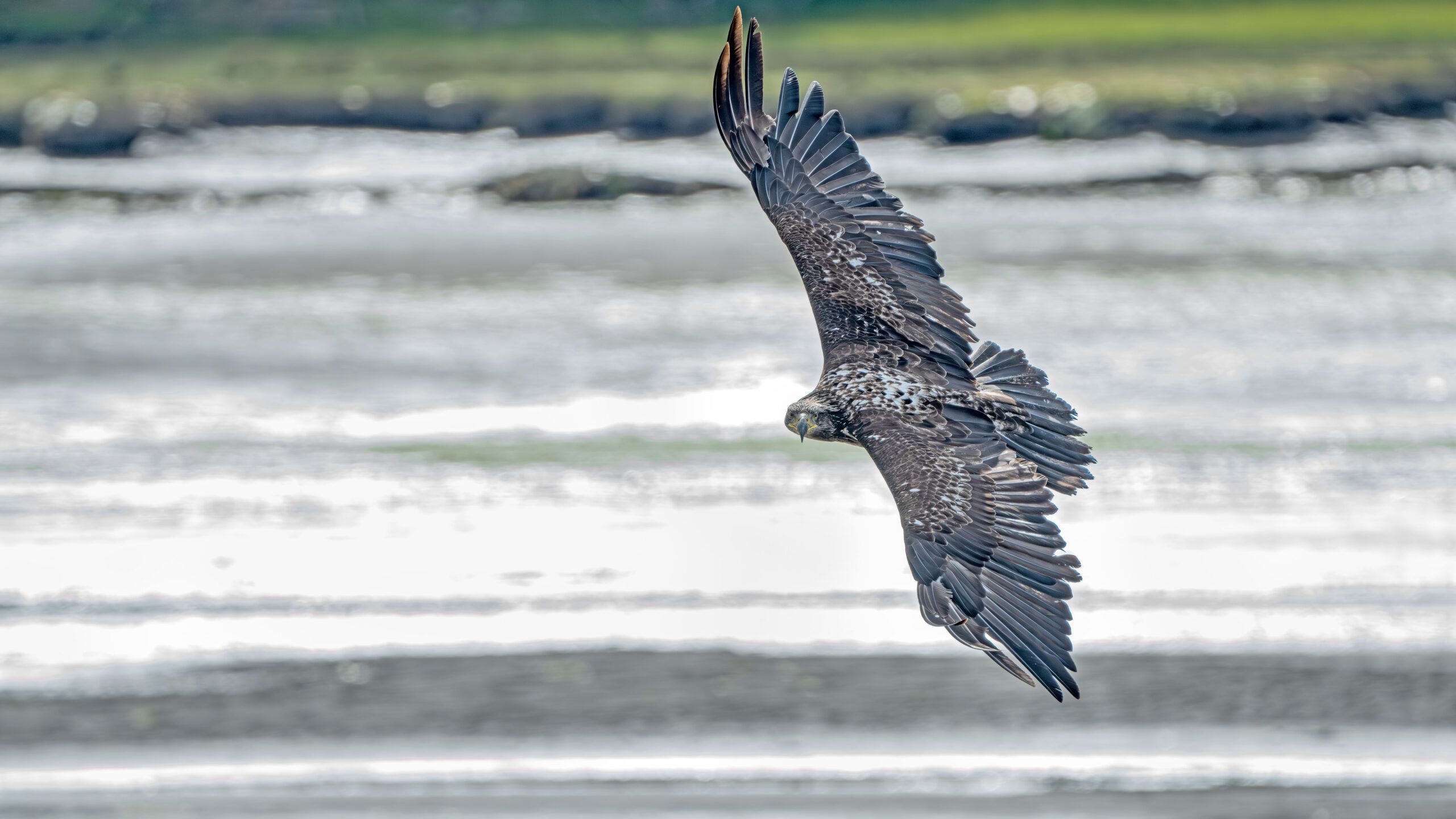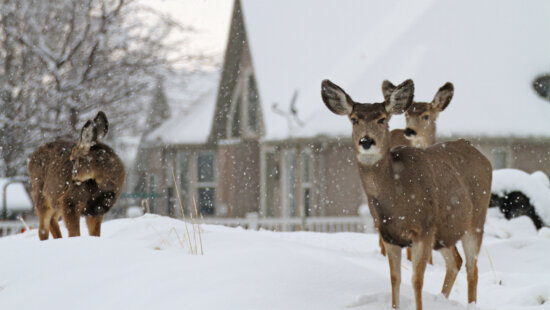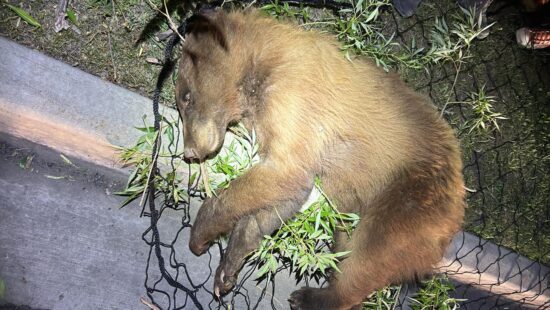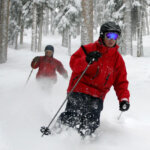Wildlife
SNAPPED: A juvenile bald eagle
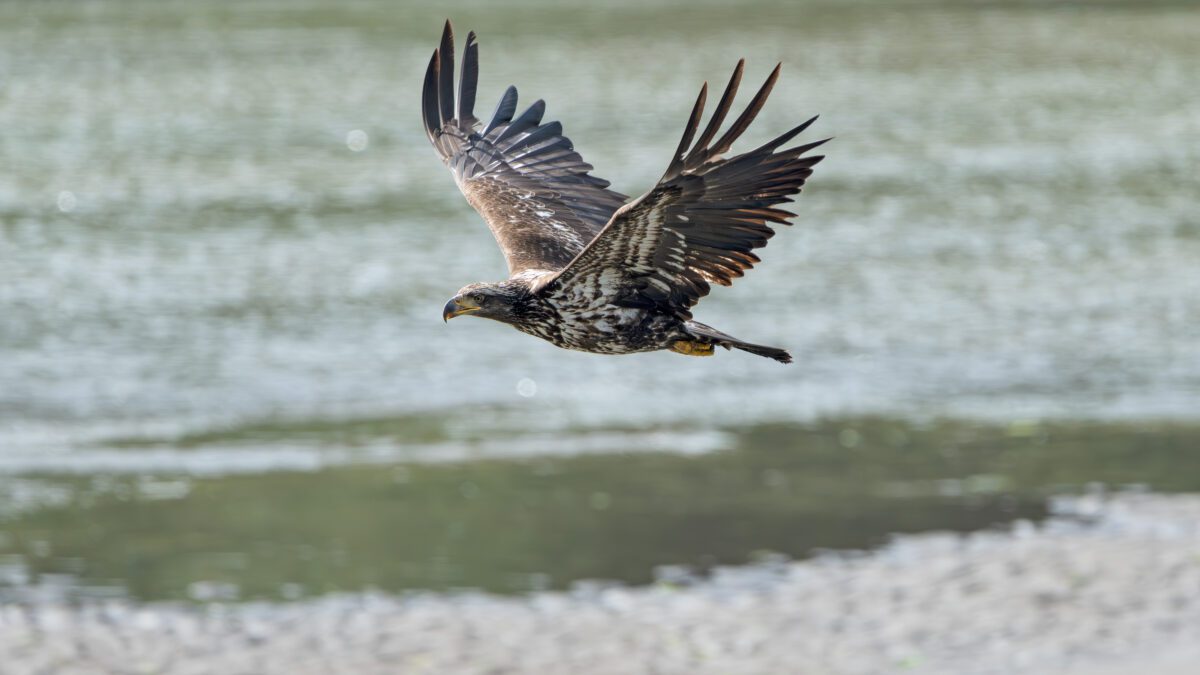
A juvenile bald eagle somewhere between the age of 1.5 and 2.5 years old. Photo: TownLift // Kevin Cody.
UTAH — Among the many bird species found in Utah, few are more majestic than the bald eagle. Found in many areas of the country, their sight is always imposing for those lucky enough to locate them as they are one of the top predators in their ecosystem. While not the largest among birds of prey, they can still reach between 14 and 16 pounds in weight and have wingspans up to 8 feet wide.
Bald eagles lay between one and three eggs every year. Once hatched, an eaglet is born helpless and totally dependent on its parents. After a period of flying while still using the nest as a base, roughly four months after birth, each young eagle will then transition to being other their own.
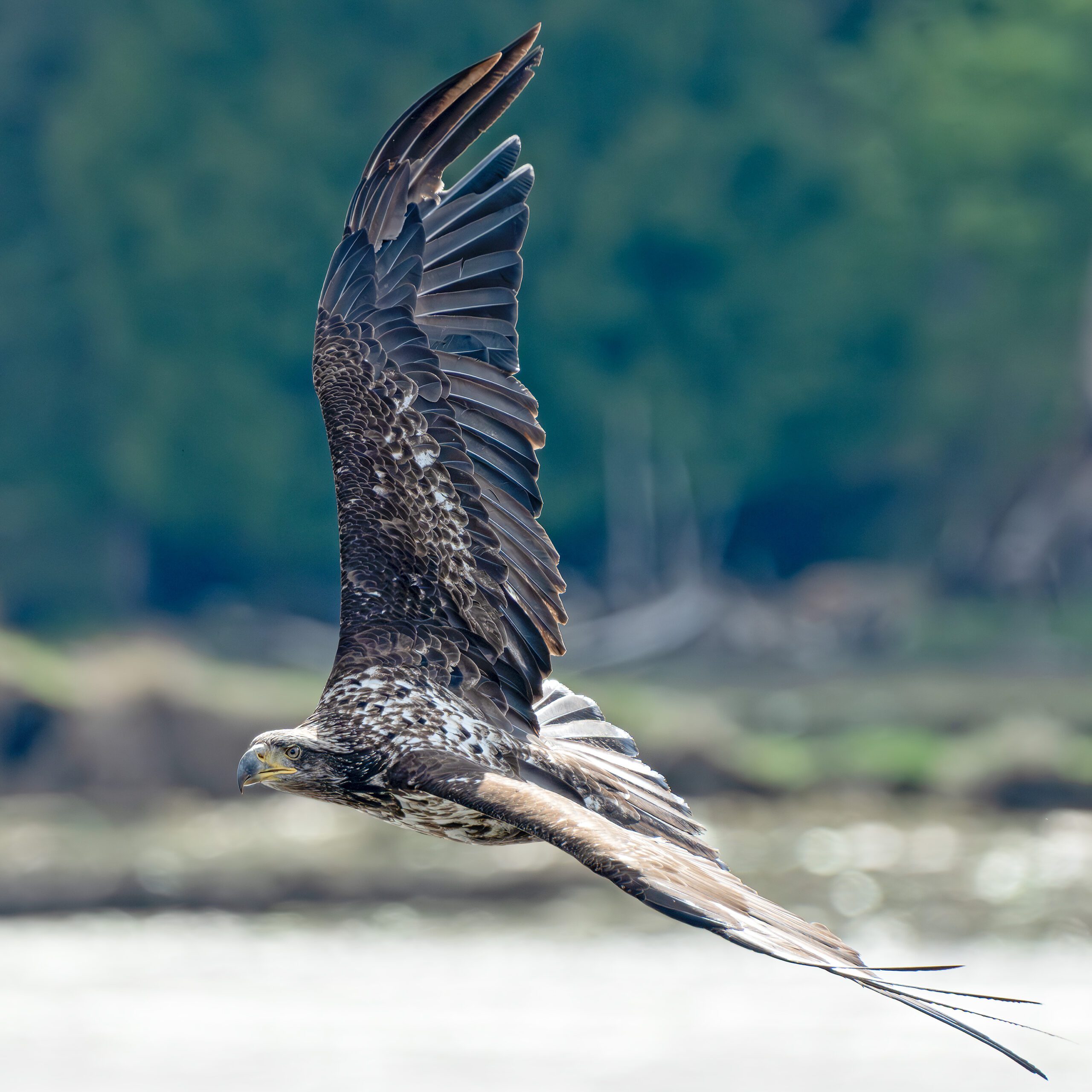
Bald eagles do not reach adulthood till they are around five years old. As they age, the plumage on their head will transition from being totally brown to a mix of brown and white and finally a brownish white before obtaining their iconic bright white heads. Similarly, a bald eagle’s beak will also change in coloration as they mature, going from almost black to a bright yellow as an adult.
